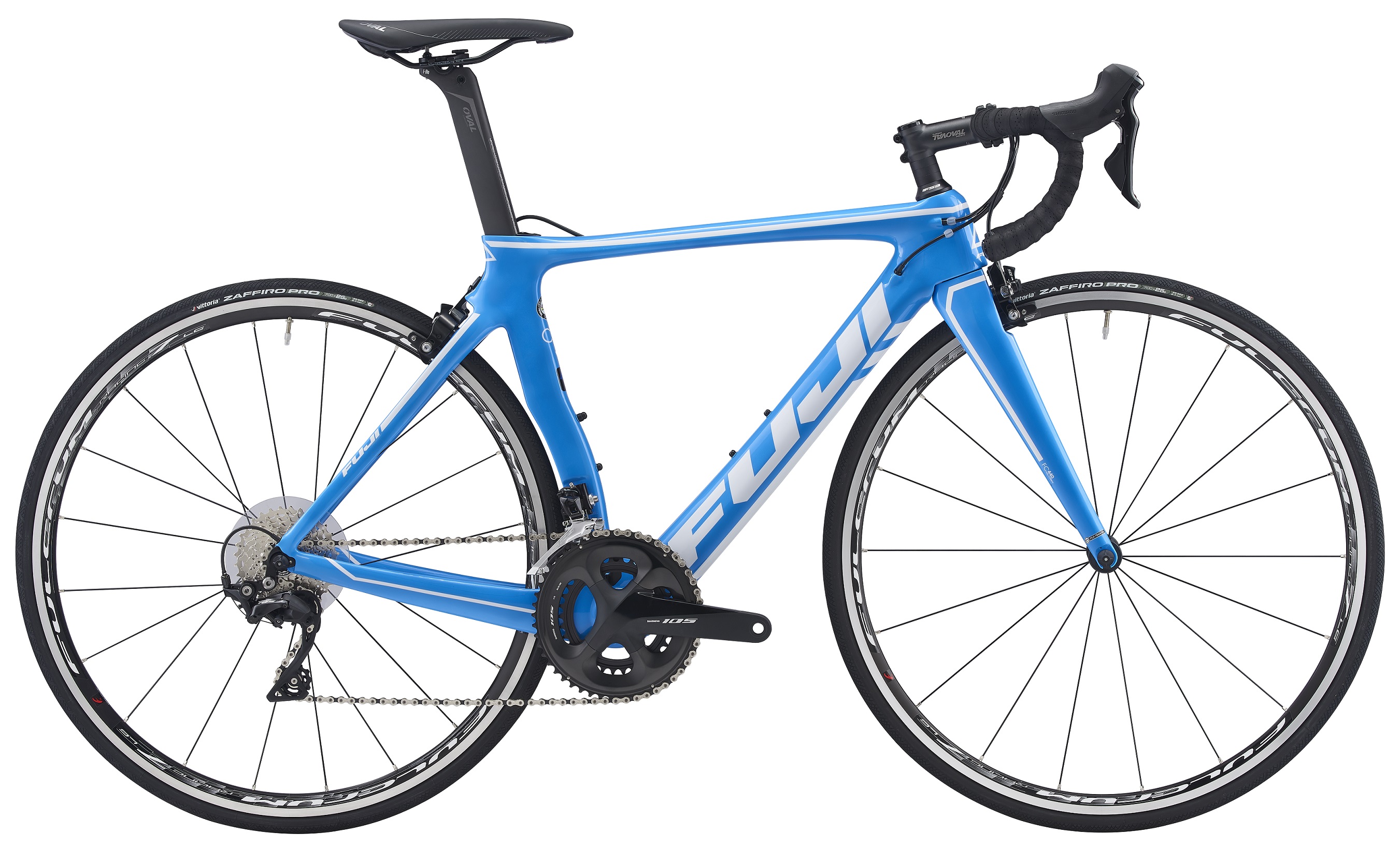
This increases stability and makes for less ‘twitchy’ steering. Head Tube AnglesĬompared to road and cyclocross bikes, gravel bikes employ slacker head tube angles and taller head tubes. However, they’re shorter than those found on adventure and touring bikes, which don’t need to be as racy or agile. This results in a stable ride on loose terrain. Gravel bikes have longer wheelbases than road and cyclocross bikes. This is where they differ from your existing road, cyclocross or mountain bike. GeometryĪlthough gravel bike geometries vary, most models share specific build characteristics. But aside from these familiar features, gravel bikes are their own thing. At the same time, their geometry can lean toward the slacker angles of a mountain bike. They resemble road bikes, with drop bars and relatively narrow tubing. It weighs less than a mountain bike and doesn’t use suspension. This has led to the emergence of a new kind of bike. Technological advances have led to materials becoming lighter and stronger. So why not use your existing bike to ride gravel? Well, it’s not quite the same. Road, mountain and cyclocross bikes are cousins of the gravel bike. ‘Gravel’ Bikes ride a variety of roads and trails

Some folk are happy to define the gravel bike as the missing link between road cycling and mountain biking. ‘Gravel-grinding’ races like the ‘Dirty Kanza’ are popular, but a lot of gravel riding is about outdoor exploration off the beaten track. The carefree nature of gravel riding differentiates it from road cycling. They’re more robust than road bikes, with geometry that’s more laid-back, to suit all-day rides. This matches them to longer, less-technical rides at a more consistent pace. Gravel bikes are lighter and more agile than mountain bikes. This includes anything from hardpack to crunchy trails. Email to Friend Mail A Bike Just for Gravel?Ī gravel bike uses drop handlebars, but rides on a range of off-road surfaces.


 0 kommentar(er)
0 kommentar(er)
